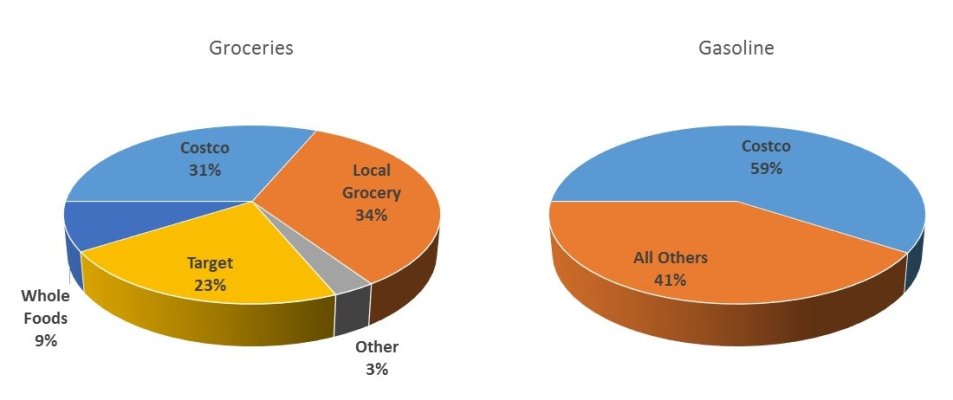You may want to Google "Store Closings" for the latest information.
Sears will close an additional 150 stores in 2017, and Macy's 68... other major retailers have not disclosed specific plans, but we can expect many more major chains to leave unprofitable stores and accordingly to leave tens of thousands of employees without jobs. Macy's alone plans for a reduction of 10,000 in their sales force.
The ramifications of this are so far reaching as to be the the subject of a major study into this aspect of the U.S. economy. It is too simple to address this social and economic change as an effect of the rise of online shopping, ala Amazon.
The cost of retailing is first and foremost a result of inefficiencies of scale, where each store is required to stock lines of goods to be available at the point of sale. Thus, for instance... one style of a ladies bathing suit might require 3 in size 9, 5 in size 11, 8 in size 12 etc, etc... That's just one style. Multiply that by three different colors, and maybe 6 different sytles, and you have a huge iinventory of one item in one store.
Most of the older stores receive merchandise from different manufacturer, so the shipping and handling is very expensive. Walmart took the big step in the 1970's of establishing huge warehouses to service stores in a wide geographic area... centralized to receive all of the inventory, then to send out in individual trucks to tens or dozens of local stores. This, along with the computerized inventory that allowed a one on one replacement... daily, allowed economies of scale, which also allowed for a major reduction of inventory (think those bathing suits)....
Most of the major chains did not follow Walmart, but remained in large malls, continuing to build and expand, but at the same time, with rising costs. the peak of the Mall came (IMHO) in the early 1990['s, with a very rapid decline in the last 5 to 10 years. Many malls are now mere shells of what were the glory years.
Downsizing chains to retain profitability is a short term solution. The cost to effect the "economy" of relying on the profitable store is incredibly high. Not only the losses on inventory, but the continuing cost of employee benefits, less efficient advertising, central offices and support of all functions of accounting, transportation, buying, management, signing and dozens of other necessary central controlled operations... All of these are ongoing, reduced in cost, but losing the economies of scale.
A very major ongoing cost is that of long term leases... some as long as 20 years, with small likelihood of finding replacement store to take over 100,000 to 200,000 s.f. of space. Thus the ghost malls.
It's not just Macy's, Sears, KMart and Kohls, but almost all major retailers under fire. You will probably remember many that have closed, but it's only when you see listings of defunct retailers, that the awesome breadth of change becomes clear. Try this list from Wikipedia, to see the store brands that have disappeared.
https://en.wikipedia.org/wiki/List_of_defunct_retailers_of_the_United_States
What does it mean to us? Yes, of course, just a part of change. A shift of what we do and where we spend our time. It only takes a few minutes of imagining to see how this will affect us all, if not this year, at least in the next ten years. Some retailers will stay, and take up the slack, but we'll continue in a slow moving change, in the lower wage jobs, and in the social structure where Malls have become centers of the social part of our lives.
My take, upon reflection of my career in retail.



 It's a Big Lots now.
It's a Big Lots now.
